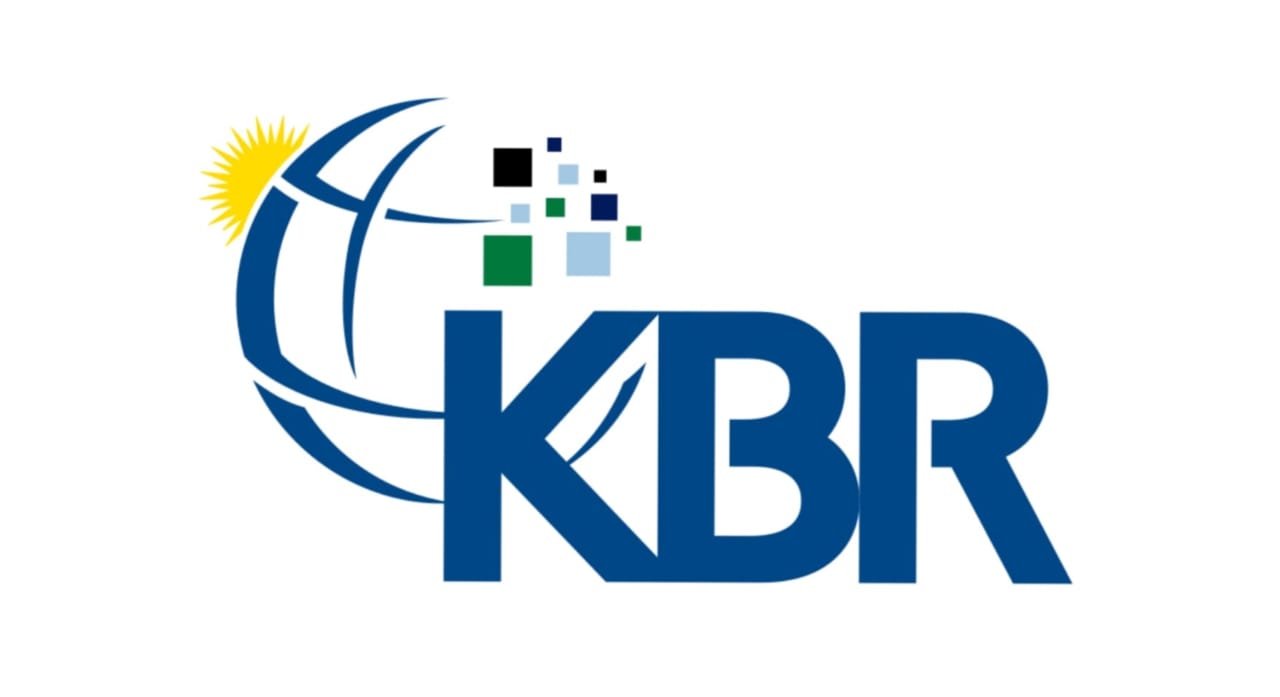
Request A Demo Today
Please do not hesitate to contact us if you have any queries.
IP Telephony System
An IP Telephony System is a technology that enables voice communication and multimedia exchange over IP networks, such as the internet or private networks. Unlike traditional telephone systems that use circuit-switched networks, IP telephony uses packet-switched protocols to convert voice signals into digital data packets. These packets are transmitted over the internet or a private IP network and then reassembled at the destination. This system supports voice calls, video conferencing, instant messaging, and other communication services, offering features such as call forwarding, voicemail, and unified messaging. IP telephony is known for its flexibility, scalability, and cost-effectiveness compared to traditional telephone systems.
Key Components of an IP Telephony System:
1. Voice over (VoIP) Phones: These are specialized phones that connect to the internet or a private IP network and convert voice signals into digital data packets.
2. Analog Telephone Adapters (ATAs): These devices allow traditional analog phones to connect to an IP network by converting analog signals into digital data.
3. IP PBX (Private Branch Exchange): This is a central system that manages call routing, voicemail, and other telephony functions within a business. It operates over IP networks and integrates with VoIP services.
4. Softphones: Software applications installed on computers or smartphones that allow users to make voice and video calls over the internet.
5. Voice over (VoIP) Gateways:These devices connect VoIP networks with traditional telephone networks, enabling communication between VoIP and PSTN (Public Switched Telephone Network) systems.
6. Voice over (VoIP) Servers: These servers handle the call signaling and control, manage call setup and teardown, and maintain the connections between users.
How IP Telephony Works:
1. Voice Conversion: When a user speaks into a VoIP phone, the voice is converted into digital data packets using codecs (compression-decompression algorithms).
2. Packet Transmission: These digital data packets are transmitted over the IP network, such as the internet or a private network, using IP protocols.
3. Reception and Reconstruction: At the recipient's end, the data packets are received and reassembled into audio signals, which are then played through the recipient's VoIP phone or software.
4. Call Management: The IP Telephony System manages call routing, voicemail, call forwarding, and other features, often through a central IP PBX or server.
Advantages of IP Telephony Systems
1. Cost Efficiency
One of the primary advantages of IP Telephony Systems is cost efficiency. Traditional telephone systems often involve significant expenses related to long distance calls, installation, and maintenance. IP Telephony leverages existing internet infrastructure, reducing or eliminating the need for separate voice communication networks. Additionally, VoIP services typically offer lower rates for long-distance and international calls, further contributing to cost savings.
2. Scalability and Flexibility
IP Telephony Systems offer superior scalability and flexibility compared to traditional telephone systems. Adding new lines or users to a VoIP system is relatively straightforward and can be done with minimal additional hardware. This scalability is particularly beneficial for growing businesses that require a communication system that can adapt to changing needs. Moreover, VoIP systems can integrate with other applications, such as customer relationship management (CRM) tools, enhancing overall operational efficiency.
3. Enhanced Features and Integration
IP Telephony provides a wide range of advanced features that are not typically available with traditional telephone systems. These features include call forwarding, voicemail-to-email, video conferencing, instant messaging, and unified messaging. The ability to integrate these features into a single platform simplifies communication and enhances productivity. Additionally, IP Telephony Systems often support mobile and remote access, allowing users to make and receive calls from various devices, including smartphones and laptops.
4. Improved Communication Quality
Advances in internet technology and network infrastructure have significantly improved the quality of voice and video communication over IP networks. Modern IP Telephony Systems benefit from high-definition voice codecs and low latency, resulting in clear and reliable communication. Furthermore, the ability to transmit video alongside voice enhances collaboration and interaction, particularly in business environments.
IP Telephony Systems have fundamentally transformed communication by offering a cost-effective, scalable, and feature-rich alternative to traditional telephone systems. Their impact spans various sectors, from business and residential use to healthcare and education. As technology continues to advance, IP Telephony will likely evolve to offer even greater capabilities and improvements, further solidifying its role as a cornerstone of modern communication.







